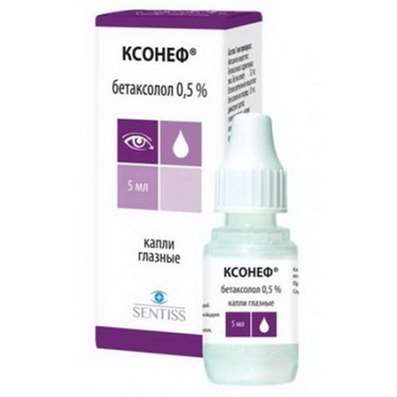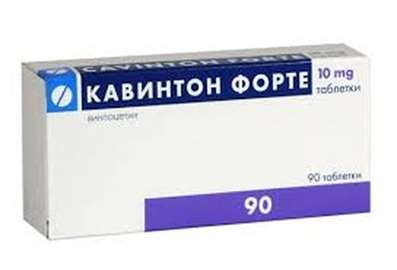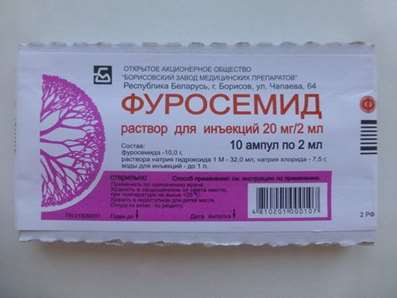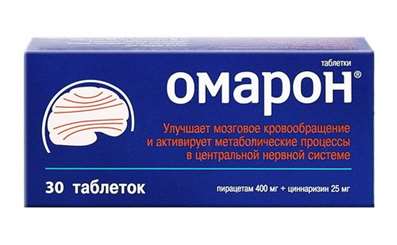Asparcam (Asparkam)
23 Nov 2016
Asparcam (Asparkam) (international name: a potassium and a magnesium asparaginate) is medicine for fast restore of deficiency of a potassium and a magnesium in an organism, normalization of electrolytic balance. Contains also aspartate (aspartic acid) — a carrier of these ions through cellular membranes. Doesn't possess anabolic action.

It is applied at disturbances of a cordial rhythm, coronary heart disease (stenocardia) and to prophylaxis of a stroke. It is often prescribed at development of cramps in muscles.
Analogs: more expensive Panangin from GEDEON RICHTER. Advantages before asparkamy in researches aren't proved.
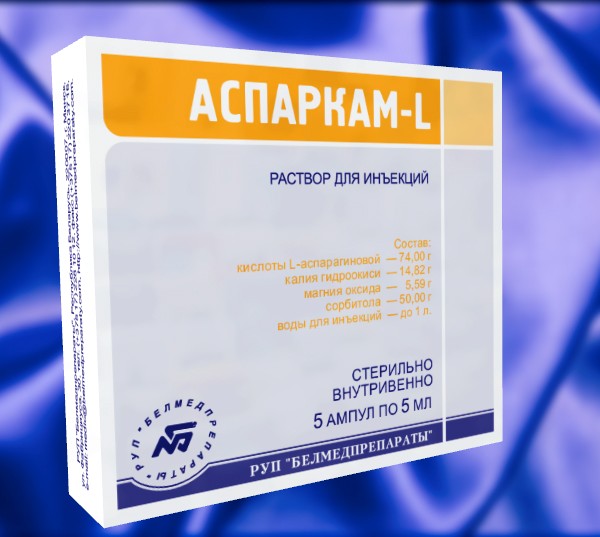
Period of validity. 3 years.
Storage conditions: in the dry place at a temperature not above 25 °C. To store in the place, inaccessible for children.
Packing on 50 tablets in the blister; on 50 tablets in the blister, 1 blister in a pack.
Category of a holiday: without prescription.
Structure of dosage forms
Tablets (have a specific smell):
Active ingredients: 1 tablet contains magnesium of asparaginate 175 mg (0,175 g), potassium of asparaginate of 175 mg (0,175 g);
Excipients: starch corn, polysorbate-80, calcium stearate, talc.
Solution for injections:
Active ingredients: 1 ml of solution contains magnesium of asparaginate of waterless 40 mg (3,37 mg of magnesium), potassium of asparaginate of waterless 45,2 mg (10,33 mg of potassium);
Excipients: sorbite (Å 420), water for injections.
Action
Asparcam treats the medicines regulating metabolic processes. The mechanism of action is bound to a role of asparaginat to transfer ions of a magnesium and a potassium to intracellular space and their participation in metabolic processes. Asparcam eliminates an imbalance of electrolytes, deficiency of a magnesium and potassium, lowers excitability and conduction of a myocardium, shows moderate antiarrhytmic effect, improves a metabolism in a myocardium and a coronary circulation, and also reduces sensitivity of a myocardium to cardiac glycosides and implications of their toxicity. Mg2 ions + activate Na+, To +-Atfazy. In this connection intracellular concentration of ions of Na+ decreases and entering of ions of K+ in cells increases. At depression of concentration of ions of Na + in a cell there is an inhibition of exchange of ions of Na + and Sa2+ in unstriated muscles of vessels that leads to their relaxation. Ions stimulate with K+ synthesis of ATP, a glycogen, proteins, Acetylcholin. Ions by K+ and Mg2+ support polarization of cellular membranes. Asparaginate is the carrier of ions of K+ and Mg2+ and promotes their entering in intracellular space. Getting to a cell, asparaginate also joins in processes of a metabolism, promotes synthesis of amino acids, amino sugars, nucleotides, nitrogen-containing lipids, corrects disturbance of energy balance of an ischemic myocardium.
It is quickly and completely soaked up, removed mainly by kidneys. Potassium concentration and a magnesium in a blood reaches a maximum in 1-2 hours after administration of drug. From a blood drug gets in cardiomyocytes in the form of ions of K+, Mg2+, and asparaginate and joins in a cellular metabolism.
Indications to use
As a part of complex therapy of a heart failure, a state after a myocardial infarction, disturbances of a cordial rhythm (mainly ventricular arrhythmias) caused by electrolytic disturbances;
for intensifying of efficiency and improvement of a tolerance of cardiac glycosides;
at the states which are followed by hypopotassemia and hypomagnesaemia (including over dosage of saluretics).
References to use in sport
- Long intensive exercise stress.
- Disadaptation (overtraining). As auxiliary remedy.
- Neurocirculatory dystonia.
- Disturbances of a cordial rhythm.
Contraindications
- Hypersensibility to drug components;
- acute and chronic renal failure;
- Addison's illness;
- Hyperpotassemia, gipermagniyemiya;
- atrioventricular blockade of II-Iiistepeni;
- cardiogenic shock (ABP <90 mm Hg).
Appropriate security measures at use. At long use of drug it is necessary to control the level of a potassium and magnesium in a blood, and also regular monitoring of indicators of an electrolytic homeostasis and data of an ECG is necessary.
Route of administration and doses
Asparcam, tablets, accept orally. The adult drug is prescribed on 1-2 tablets by 3 times a day after food. The treatment-and-prophylactic course makes 3-4 weeks. At pathological states the scheme of treatment is defined by the attending physician.
Many athletes enlarge a daily dose higher than 6 tablets, however it doesn't increase medical result. Excess potassium ions are removed by kidneys with urine.
Side effects
Collateral reactions develop very seldom:
- from a digestive tube: nausea, vomiting, a diarrhea, an abdominal pain, a sensation of discomfort or burning sensations in epigastric area, gastrointestinal bleedings, ulcers of a mucosa of a digestive tube, dryness in a mouth;
- from cardiovascular system: disturbance of conduction of a myocardium, lowering of arterial pressure, AV-blockade;
- from the central and peripheric nervous system: paresthesias, hyporeflexia, cramps;
- allergic reactions: itch, erubescence of the person, eruption;
- from respiratory system: respiratory depression is possible (it is caused by a gipermagniyemiya);
- others: feeling of fever.
Interaction with other medicines and other types of interactions.
Due to the existence in composition of drug of potassium ions at Asparkam's use with diuretics, APF inhibitors, beta adrenoblockers, cyclosporine the risk of development of hyperpotassemia (control of level of a potassium in a blood plasma is necessary) increases and the oppressing influence on an intestine peristalsis amplifies.
Drug brakes an absorption of peroral forms of Tetracyclin, salts of iron and sodium fluoride (it is necessary to adhere to a three-hour interval between receptions).
Asparcam strengthens effect of medicines which stimulate trophic processes in a myocardium; prevents development of the hypopotassemia caused by use of saluretics, corticosteroids, cardiac glycosides. Asparcam reduces cardiotoxic effect of cardiac glycosides.
At simultaneous use with the anti-depolarizing muscle relaxants neuromuscular blockade amplifies, with anesthetics (ketamine, geksanat, Ftorotan, etc.) – the central nervous system is oppressed. Asparcam can reduce efficiency of Neomycin, polymyxin In, Tetracyclin and Streptomycin.
Overdosage. At the moment cases of an overdosage aren't registered.

 Cart
Cart

